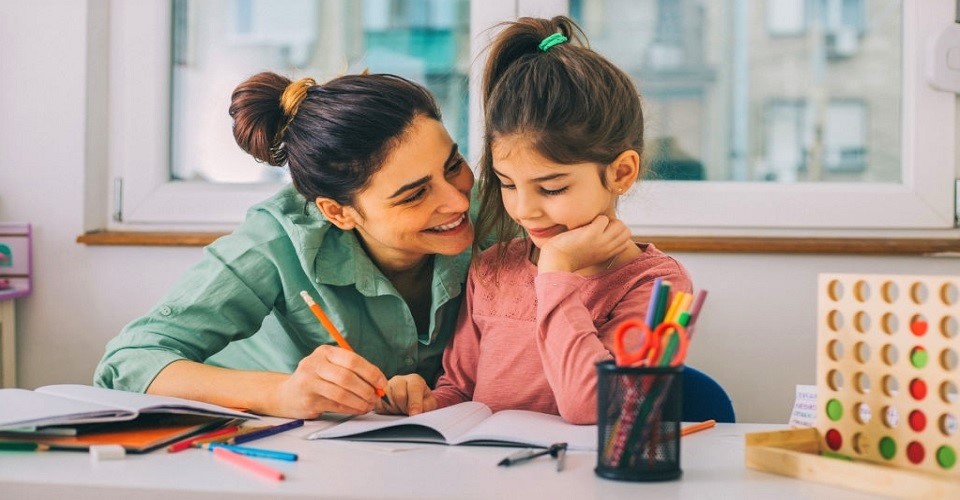
The learning disabilities are NOT mental or cognitive retardation; an individual with a learning disability may have a common or above-average range of aptitude. Do you know great personalities like Albert Einstein, Winston Churchill, Nelson Rockefeller, Thomas Edison, Woodrow Wilson, George Patton, Walt Disney, and Hans Christian Anderson are all thought to have had learning disabilities? Every child with a learning disability is only one of its kinds and shows a dissimilar grouping and degree of technical hitches.
So, what is Learning Disability?
“Learning Disabilities” is an “umbrella” term unfolding a number of other, more detailed learning disabilities, such as dyslexia and dysgraphia. In short, and straightforward sense, a learning disability is a processing complicatedness along with any of our five senses that may be damaged.
As per the National Joint Committee on Learning Disabilities (NJCLD), “a heterogeneous group of disorders manifested by significant difficulties in the acquisition and use of listening, speaking, reading, writing, reasoning or mathematical abilities. These disorders are intrinsic to the individual and presumed to be due to Central Nervous System Dysfunction. Even though a learning disability may occur concomitantly with other handicapping conditions (e.g. sensory impairment, intellectual disability, social and emotional disturbance) or environmental influences (e.g. cultural differences, insufficient/inappropriate instruction, psychogenic factors) it is not the direct result of those conditions or influences.”
Different Types of Learning Disabilities
The below are the different types of learning disabilities:
As a learning disability cannot be treated or fixed, hence, it is necessary to understand the significance of appropriate teaching techniques. With apt support and intrusion, children with learning disabilities can get success in school, and in the society.
Well, most of the basic instruction begins at home or sometimes, in school which can be adapted to contain the needs of students with learning disabilities. These teaching approaches become supportive for most students with a learning disability who have a preference for a comprehensible and well-thought-out educational program.
You need to be sensitive to the students with learning disabilities while teaching them. By understanding the significance of these teaching techniques, the SEN online courses slot in all these teaching methods. Every child with a learning disability is unique and shows a different arrangement and amount of difficulties.
Get In Touch
UK – Registered OfficeAsian College Of Teachers Ltd (UK)
27, Old Gloucester Street, London – WC1N 3AX, UK
UK Toll Free: 0-808-189-1203
www.asiancollegeofteachers.co.uk
All SEN Courses are designed, developed and created by Asian College of Teachers Ltd, United Kingdom. These courses are certified by CPD Certification Service UK and endorsed by NCC Education, UK, and Short Courses from CACHE, UK through Laser Learning UK.
Asian College of Teachers (ACT) undertakes a continuous review of its teacher training courses to ensure imparting high quality education. However, there might be circumstances outside of ACT’s control which might affect its stakeholders like if you are planning to teach in a different country, applying for a teaching license, pursuing higher studies or trying to get the certificate approved by the Ministry of Education (MoE) of a particular country then you can do so with the certificate issued by Asian College of Teachers (ACT). However, each country’s Ministry of Education (MoE) or educational bodies set certain standards that are indispensable for the pursuit of higher studies or teaching in schools in that country. So it can be a possibility that you may be able to use the certificate for higher studies or teaching purposes in one country and not in another. Therefore, we strongly recommend that you investigate thoroughly and check with the relevant authorities regarding the acceptance of the certificate issued by us before you enrol on a particular course. ACT strives to offer high-quality education and its certificates can be valuable for various purposes internationally, but still it is crucial for individuals to verify the specific recognition of the certificate in the country they intend to use it, especially for formal education or professional licensing purposes. This approach ensures that the stakeholders make informed decisions regarding their educational and career paths.
© 2025 Asian College of Teachers. All Rights Reserved. Asian College Of Teachers is a trading brand of TTA Training Pvt. Ltd (India) - CIN U80902WB2016PTC215839, Asia Teachers Training Co., Ltd (Thailand) - Registration No. 0105558193360, Asian College Of Teachers Ltd (UK) - Company Number 9939942 & Asian College Of Teachers LLC, (USA) - Federal Tax Identification Number 30-1261596
Designed by kreativewebtech